
Thuong Temple was built on top of Hung Mountain.
There are currently 1,417 temples nationwide dedicated to the Hung Kings, their wives, children, and generals from the Hung King era. Phu Tho province alone - the center of the Hung King Worship Belief - has 326 relics. The worship space is the villages and communes in the districts of Cam Khe, Doan Hung, Thanh Ba, Ha Hoa, Tam Nong, Thanh Son, Yen Lap, Thanh Thuy, Lam Thao, Phu Ninh, Phu Tho town and Viet Tri city. The most concentrated worship space is the Hung Temple, including the Ha Temple, the Trung Temple, and the Thuong Temple on Nghia Linh Mountain. This land of "Spiritual Land and Talented People" was chosen by the Hung Kings as the capital of the Van Lang State - the first capital of the Vietnamese people.
In the “Hung Vuong Legend” it is said: “In the past, the King traveled everywhere but could not find a place to establish his capital. He came to an area in front of which three rivers converged, on both sides were Tan Vien and Tam Dao, near and far mountains, winding streams, the terrain was like a tiger crouching and a dragon paying homage, generals shooting crossbows, horses running and phoenixes flying. In the middle of those lush green hills, a mountain suddenly emerged like a mother elephant lying among her calves. The King climbed the mountain and looked in all four directions, saw alluvial soil on three sides, green trees, fresh flowers and sweet grass on all four sides, both overlapping and winding, wide and flat, narrow and deep. The King was delighted and praised that this was truly a land suitable for all people, dangerous enough to protect, with a position to open, a stable terrain, able to build a country for all generations. King Hung established his capital there and called it Phong Chau citadel. This citadel was wide from the confluence of Bach Hac river to the lands around Nghia Linh mountain...”. That is the area of Viet Tri city today.
In Viet Tri, on each land such as Trung Vuong, Tien Cat, Duu Lau... there are still traces of the King's workplace; Lau Ha village where the King's wife and children were located; where the 18th Hung King built a tower to choose a son-in-law for Princess Ngoc Hoa; the King's immense green betel garden... Each place name, each relic reminds us of the story and characters of the early period of the Hung Kings' nation-building.
With the characteristics of the land of the nation's origin, Viet Tri is becoming a spiritual gathering place for the Vietnamese people. Every spring, the homeland of the Ancestors resounds with spring songs and crowds of people go to festivals, return to Hung Temple and other relic sites to worship ancestors who built the country. Lai Len Temple is located in Kim Duc commune, where Xoan singing originated. According to legend, it is where the Hung Kings taught Xoan singing to the villagers. Through many historical ups and downs, the Xoan singing festival in Xoan guilds has been preserved and passed down by the community with the thought of always turning to ancestors to preserve intangible cultural values.

Tien Cat village, also known as Ke Gat, is where the 18th Hung King built a tower to select a son-in-law for Princess Ngoc Hoa. Today, in the Van Lang Park complex, Phu Tho province built a golden bridge with a tower to select a son-in-law, a highlight for the festival city to return to the roots of the Vietnamese people.
On the strip of land from the river confluence to Hung Temple, there are still many relic complexes associated with the Hung King era. The Hung Temple National Special Historical Site is located in Hy Cuong and Chu Hoa communes, including the temples: Thuong Temple, Trung Temple, Ha Temple and Thien Quang Pagoda, the tomb of the 6th Hung King, Gieng Temple, Mau Au Co Temple, and Lac Long Quan Temple. Following the water, to Hung Lo commune, formerly known as Kha Lam Trang, An Lao. Here, there is an architectural complex including the following works: Ancient Temple, Hung Lo communal house (Xom communal house), An Lao pagoda, Than Nong altar, Van Chi house and Yen Lao house. Legend has it that “King Hung and his princess rode a pink horse and his courtiers to tour the landscape and hunt animals, stopping to rest at Kha Lam Trang, where they were welcomed by the elders and the people. The king and his subjects were delighted. The king saw that this land was fertile, with green trees growing and a natural hole in the direction of the gate, with sacred energy rising from the ground. The king thought this place was a sacred place that would surely produce talented people, so he advised the people to reclaim the land and build their homeland...”. To commemorate the virtues of King Hung, the people here built a temple and a horizontal lacquered board “Tham thien tan hoa” (meaning King Hung joined the path of heaven to help the people) to forever burn incense to the ancestors.
Bach Hac Village is called Bach Hac Tam Giang - Bach Hac Tu - Bach Hac Phong Chau, originating from ancient times because the land had a large tree called the sandalwood tree, thousands of feet high, with lush branches and leaves. White cranes flew back to make nests on the tree and covered the whole area with white, so the land was called Bach Hac. Tam Giang Temple and Dai Bi Pagoda are located right at the Tam Giang confluence of the three streams Thao Giang, Da Giang and Lo Giang. Tam Giang Temple worships the legendary historical figure of the Hung King period, Vu Phu Trung Duc Uy Hien Vuong - whose name is Lenh Tho. It is where one of the most typical festivals of the Ancestral Land takes place: Rowing competition, net-catching festival, rice cooking competition...
Tien Temple is a sacred temple, located in Tien Cat ward. This is the temple to worship Thuy To Quoc Mau, also known as Bach To Mau, the Queen of King Kinh Duong Vuong, the mother and nurturer of King Lac Long Quan, the grandmother of the Hung Kings in the sac of a hundred eggs. After Lac Long Quan was crowned by his father, Mau Than Long was welcomed to heaven by his two sworn sisters. Lac Long Quan remembered his mother's merits and ordered the people to build a temple right at Tien Cat palace.
Slightly to the southeast of the city, Trung Vuong commune was formed from the villages of the ancient Lau Thuong commune, a land that bears the legends of the Lau Thuong and Lau Ha palaces of the Hung Kings during the founding of Van Lang. Lau Thuong communal house worships Tan Vien Son Thanh, Hai Ba Trung and Mr. Ly Hong Lien who taught people how to grow mulberry and raise silkworms. In addition to Lau Thuong communal house, in Trung Vuong commune there is also Lan Huong communal house worshiping the three Do Chau Dai Vuongs; Thien Co temple worships the couple of teachers Vu The Lang who were assigned by the 18th Hung King to take care of the education of the two princesses Tien Dung and Ngoc Hoa and the tombs of the three scholars of the Hung Due Vuong era, who were the sons of the couple of teachers who assisted King Hung. To the north, every year on the 1st of the 6th lunar month, the people of Minh Nong ward today eagerly celebrate the Ha Dien (Ha Dien) festival of King Hung teaching people to grow rice. Van Phu commune still has the festival of stealing flowers and throwing nets at Van Luong temple where the King slaughtered pigs to reward his soldiers. People built temples and held annual festivals to reenact old stories to commemorate Saint Tan. At the same time, they practiced hunting and participated in games to improve their health in order to produce and protect their homeland...
Through thousands of years of history, along with thousands of stories associated with places or verses, proverbs, poems, and songs praising the homeland, all are evidences that make up the land of "thousand years of civilization" of the Van Lang Capital during the nation's founding period. With its unique and distinct values, in 2012, UNESCO officially recognized the Hung King worship in Phu Tho as a representative intangible cultural heritage of humanity.


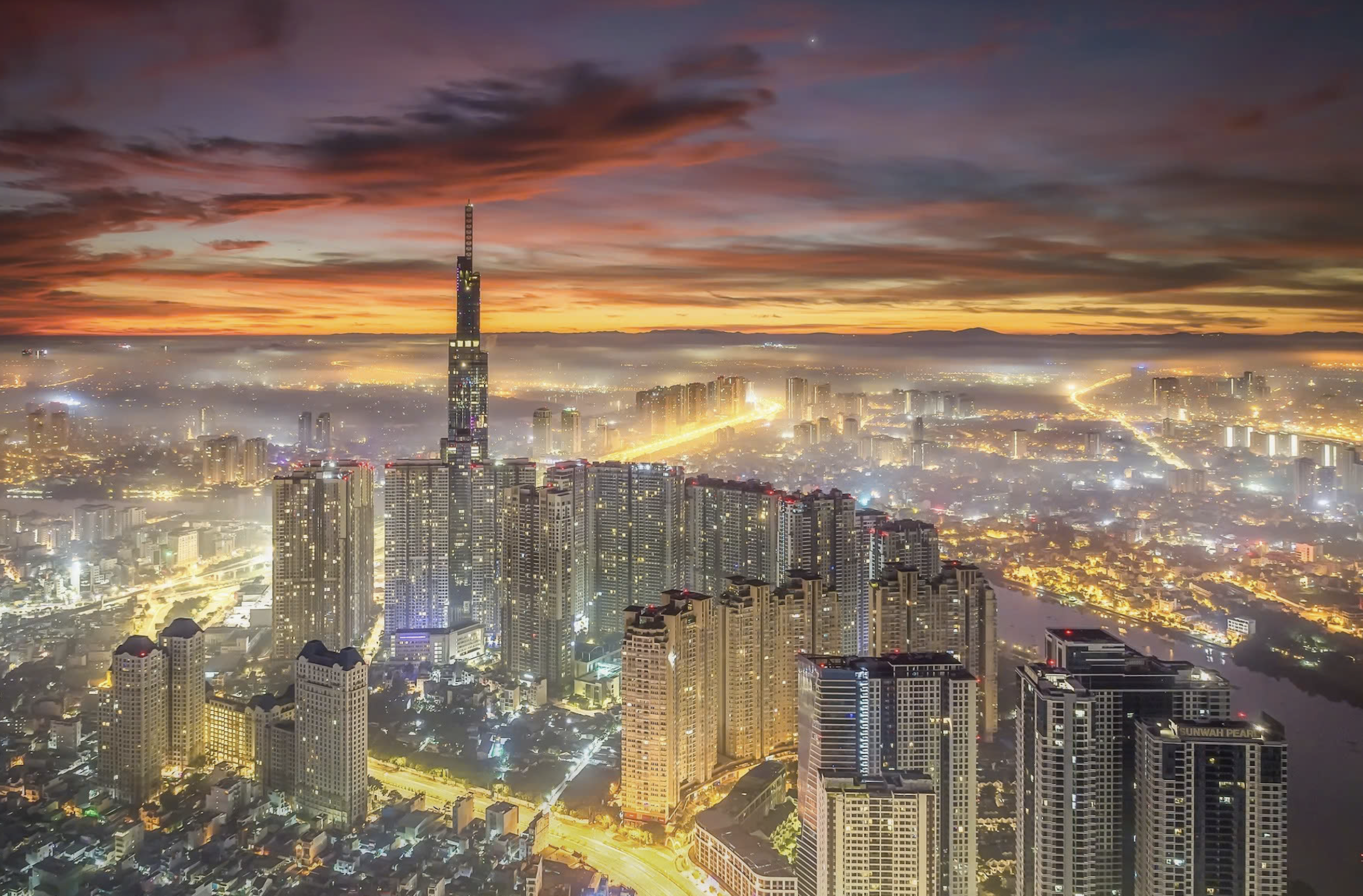
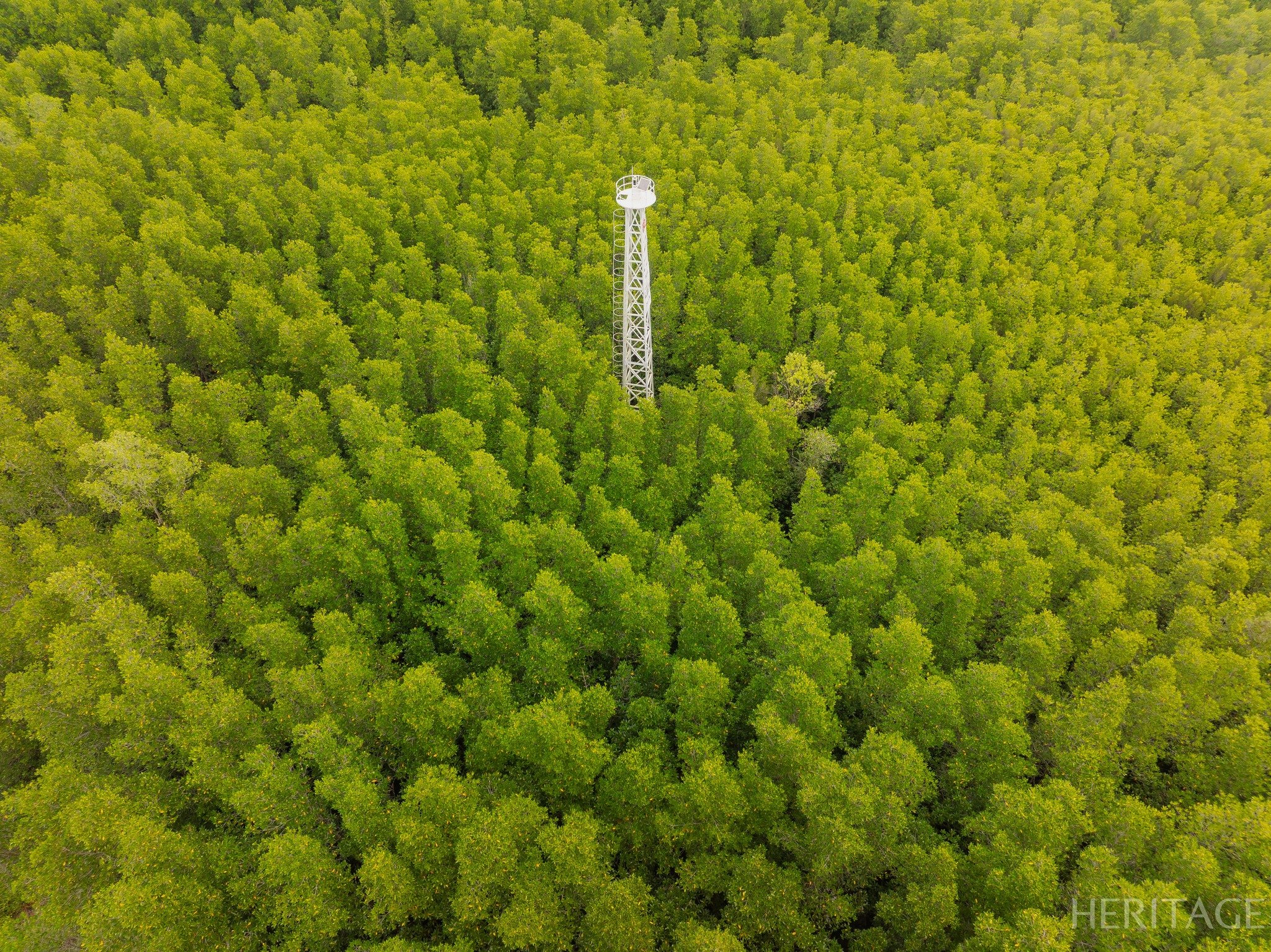
![[Photo] Bustling construction at key national traffic construction sites](https://vstatic.vietnam.vn/vietnam/resource/IMAGE/2025/5/2/a99d56a8d6774aeab19bfccd372dc3e9)
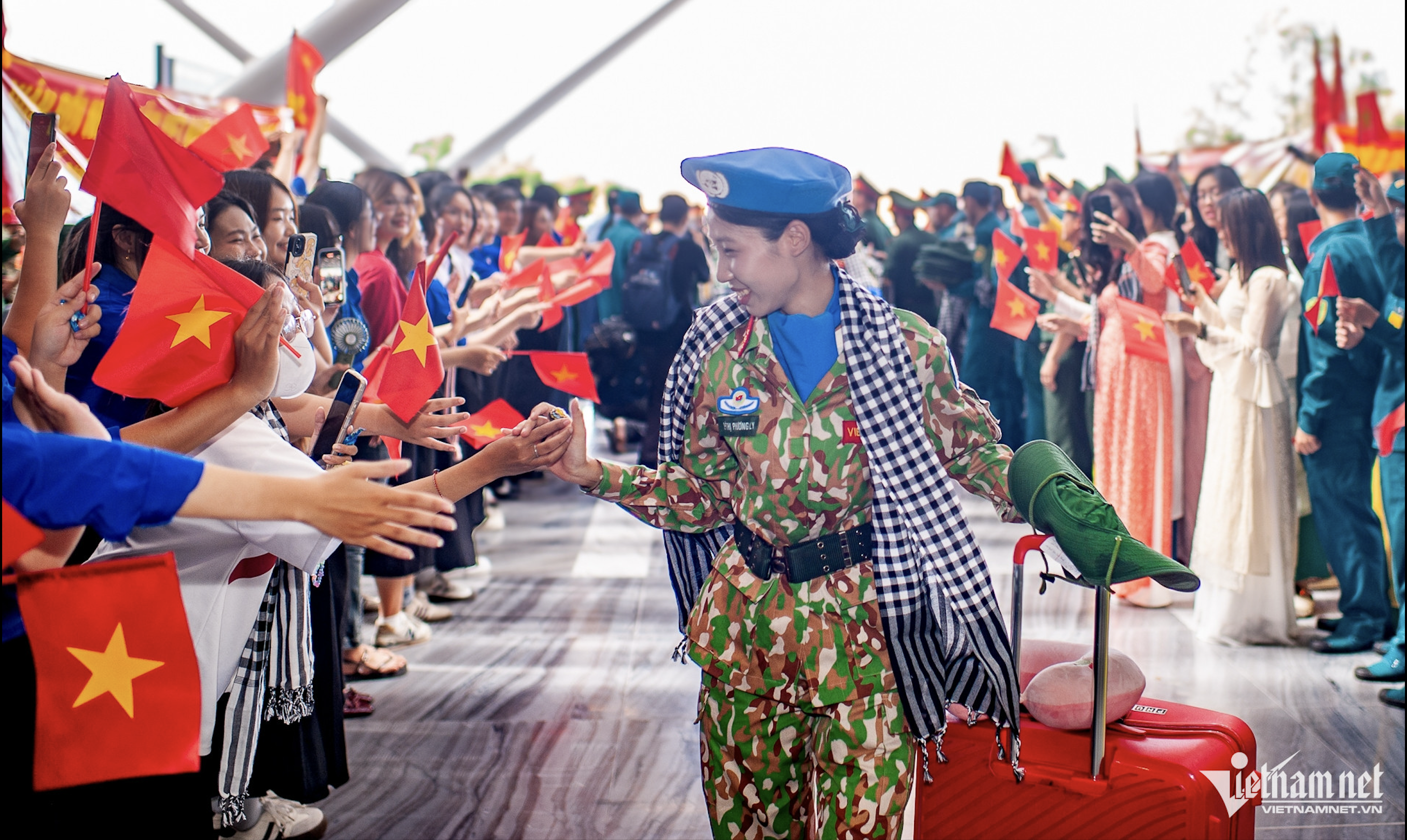
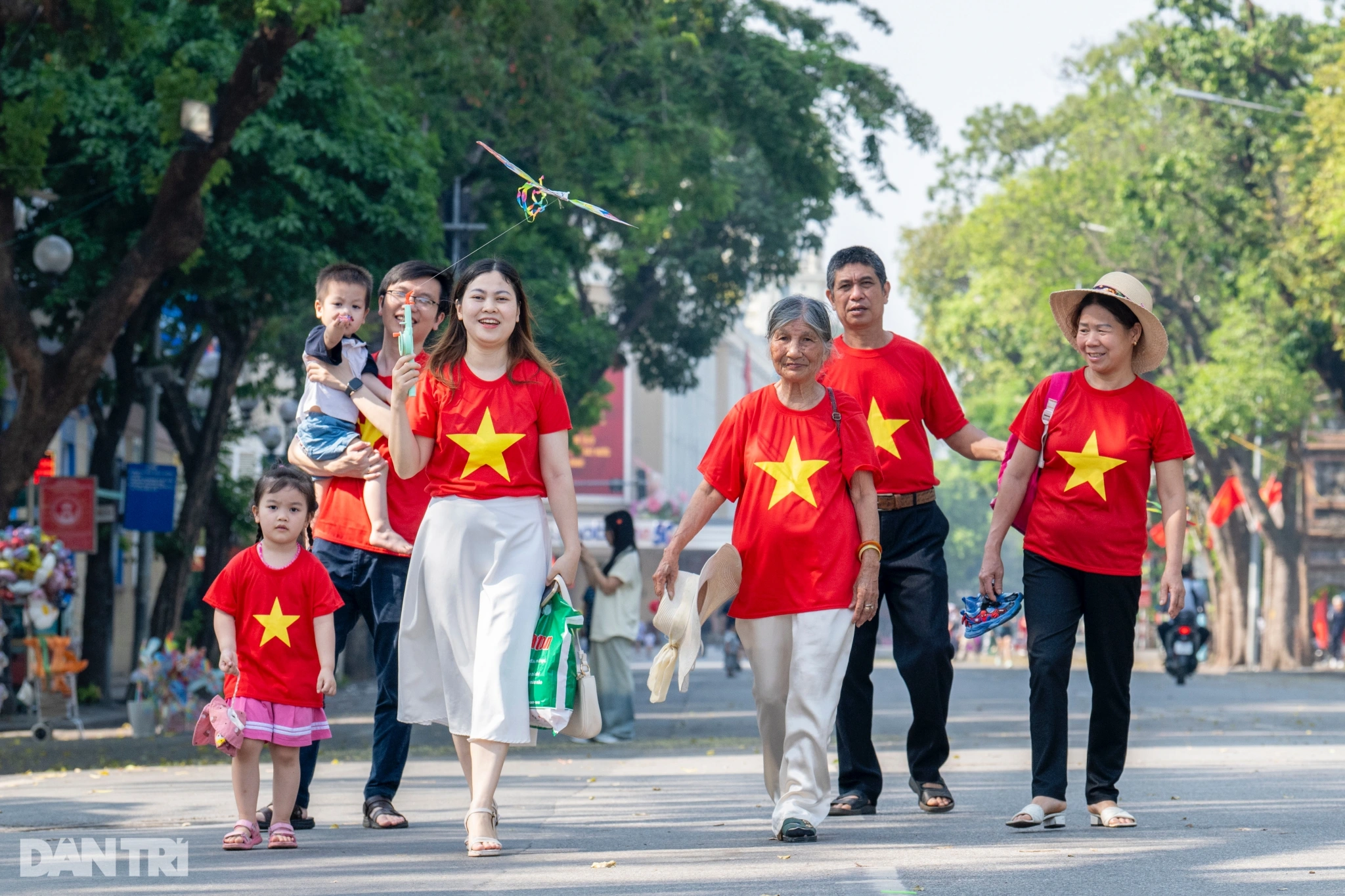
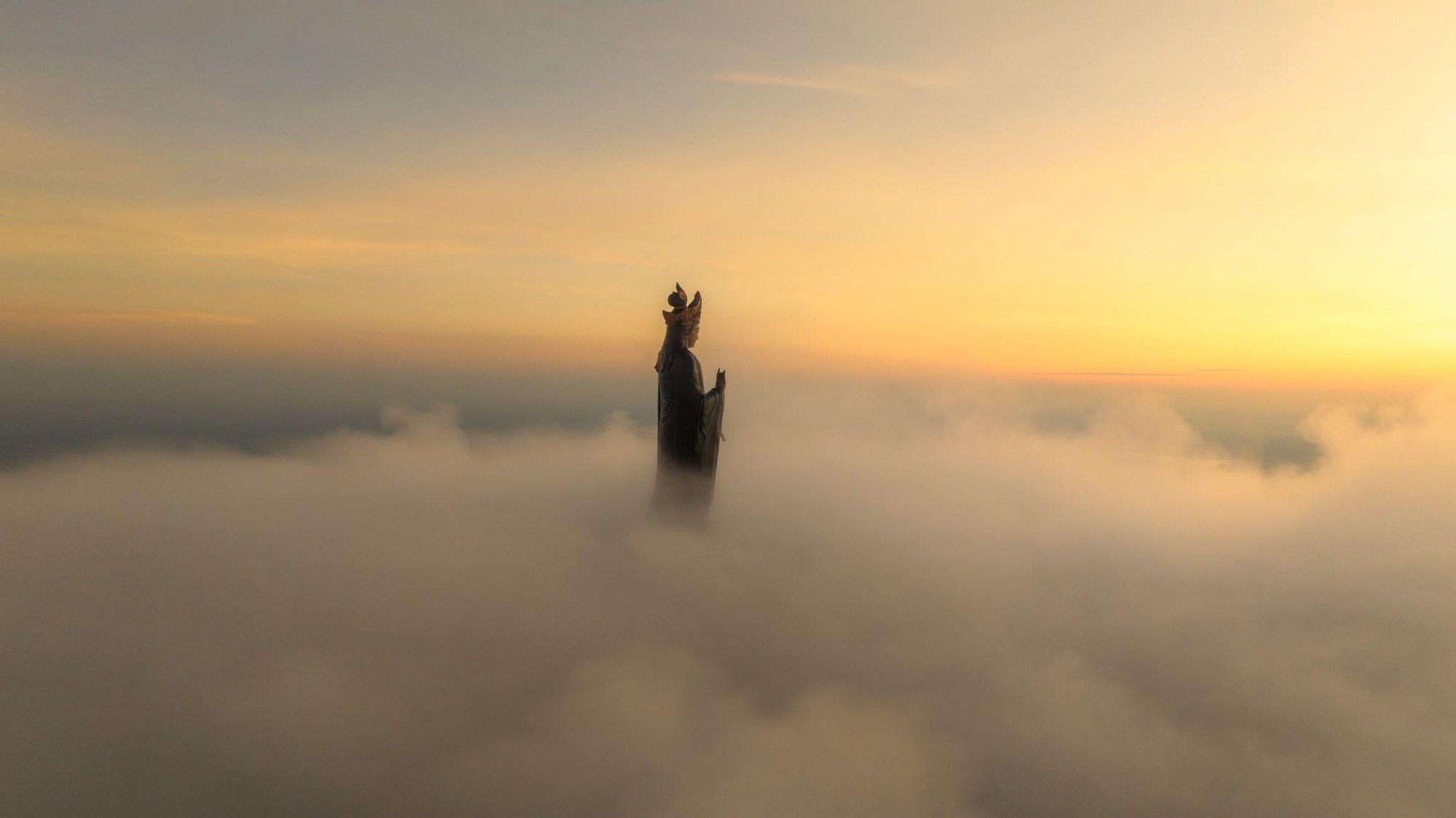
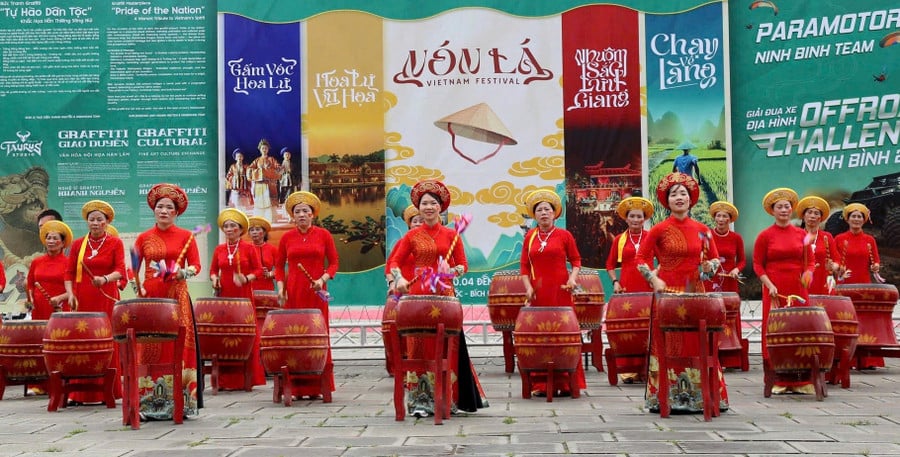

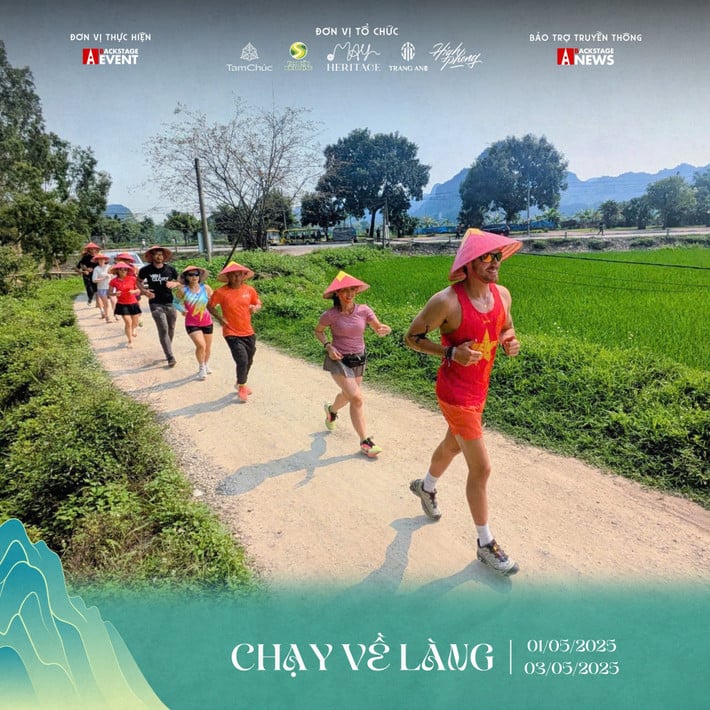

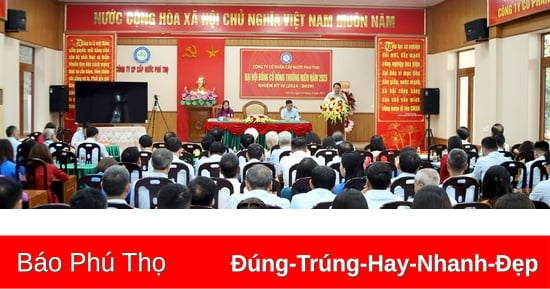

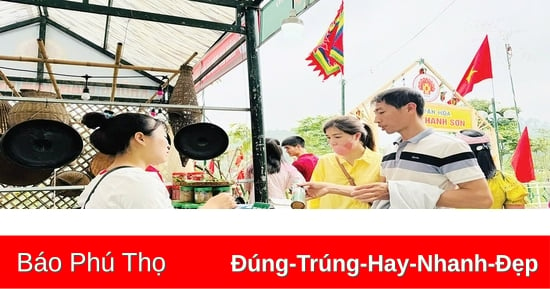
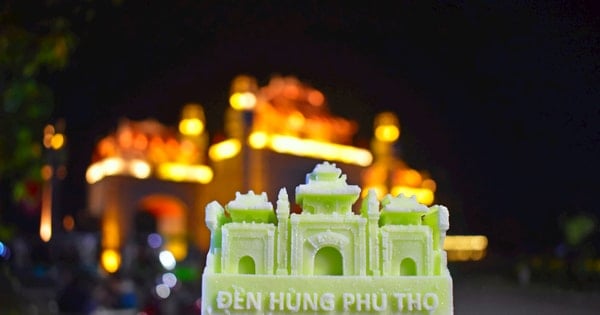

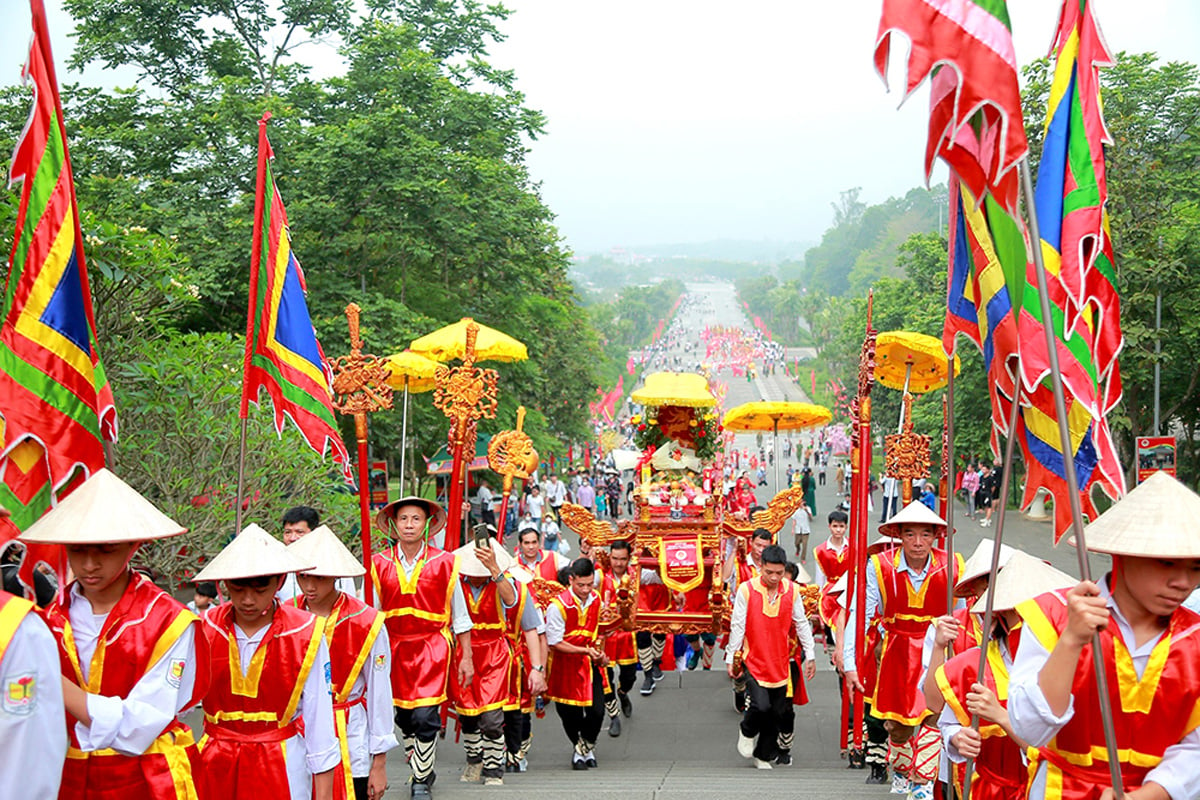

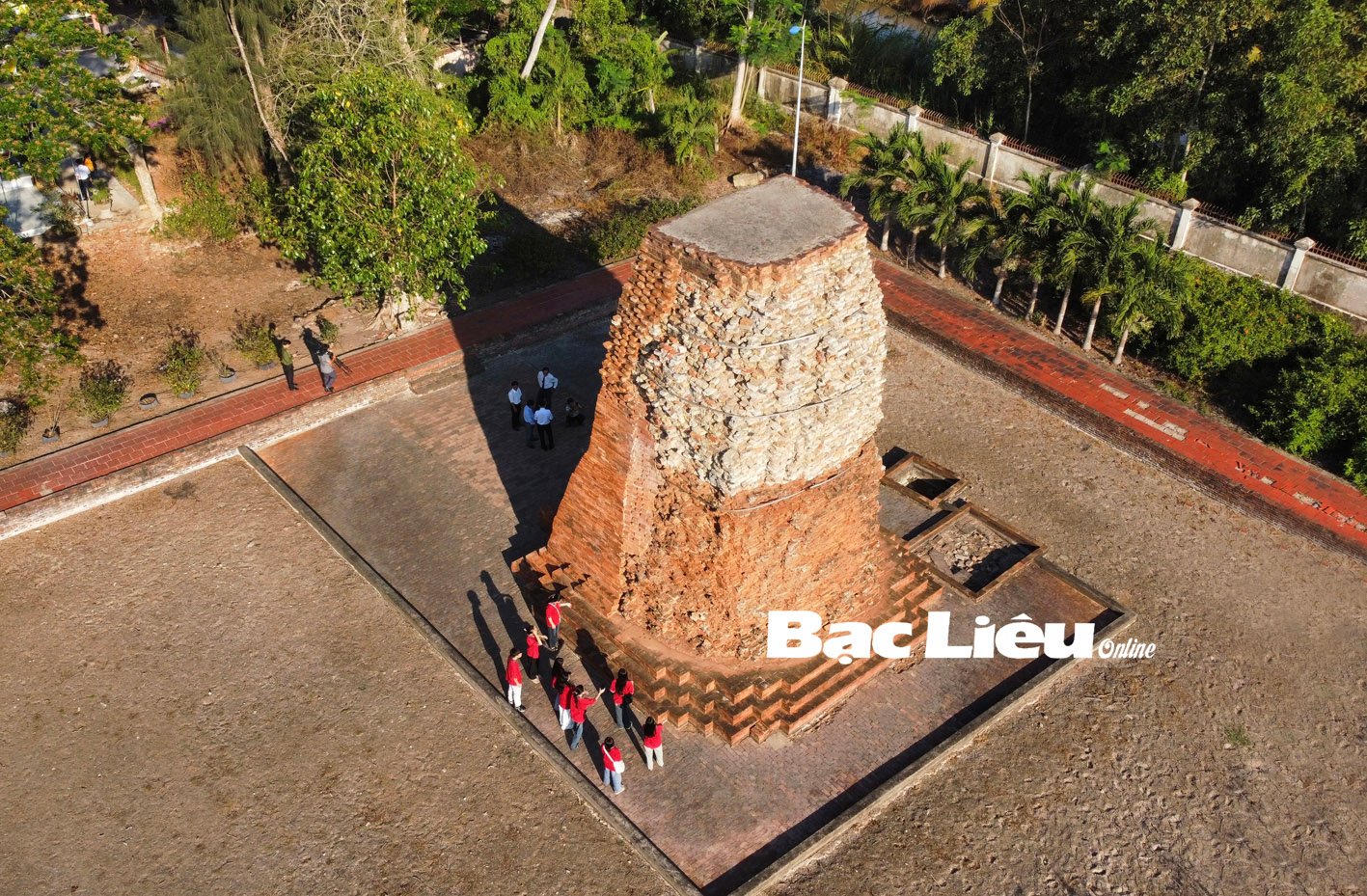
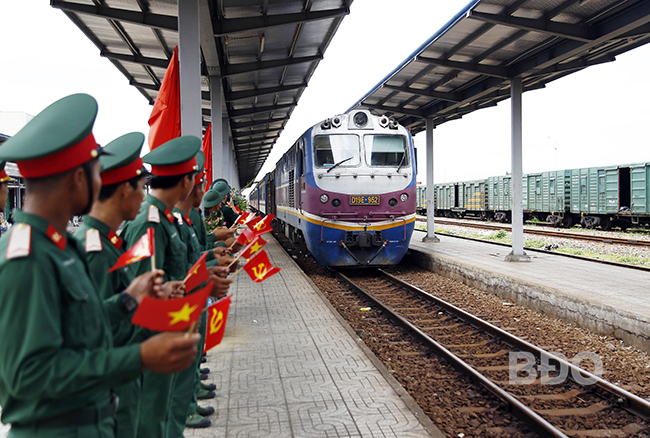
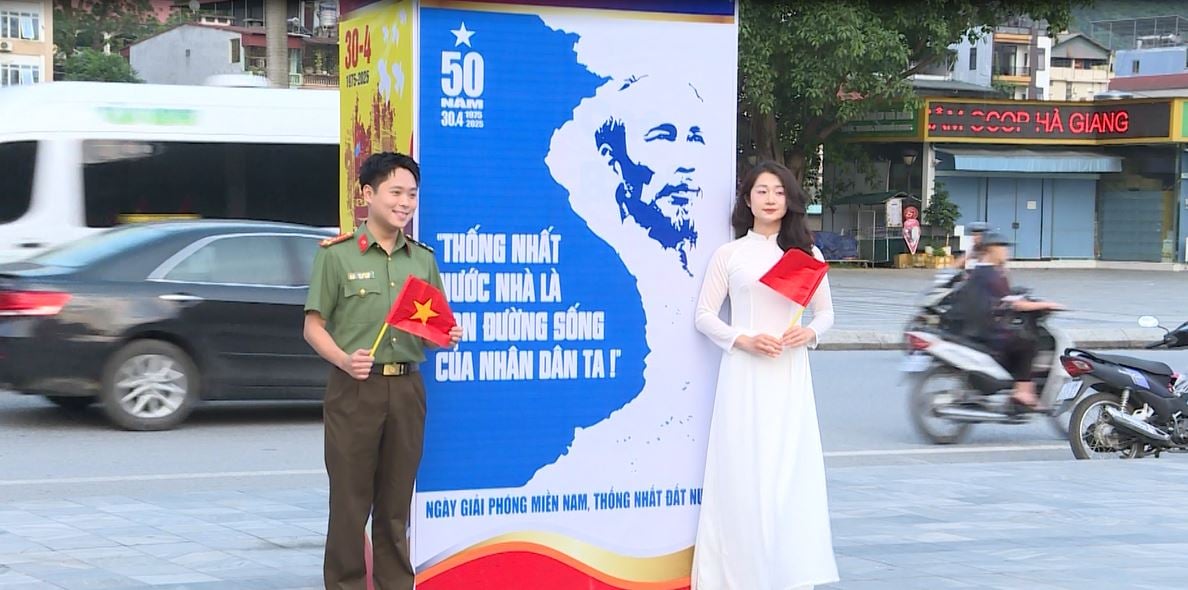

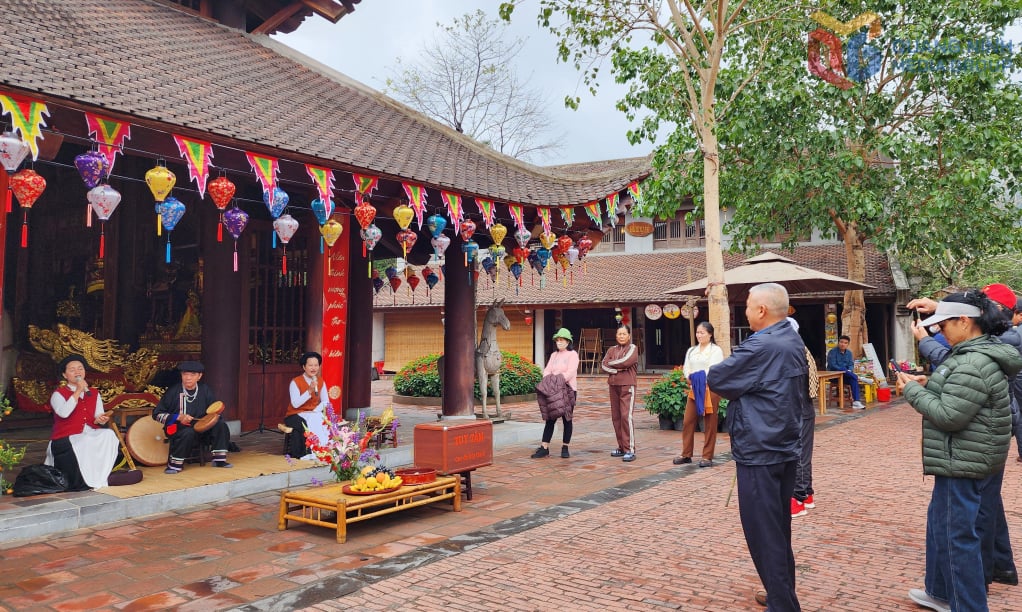
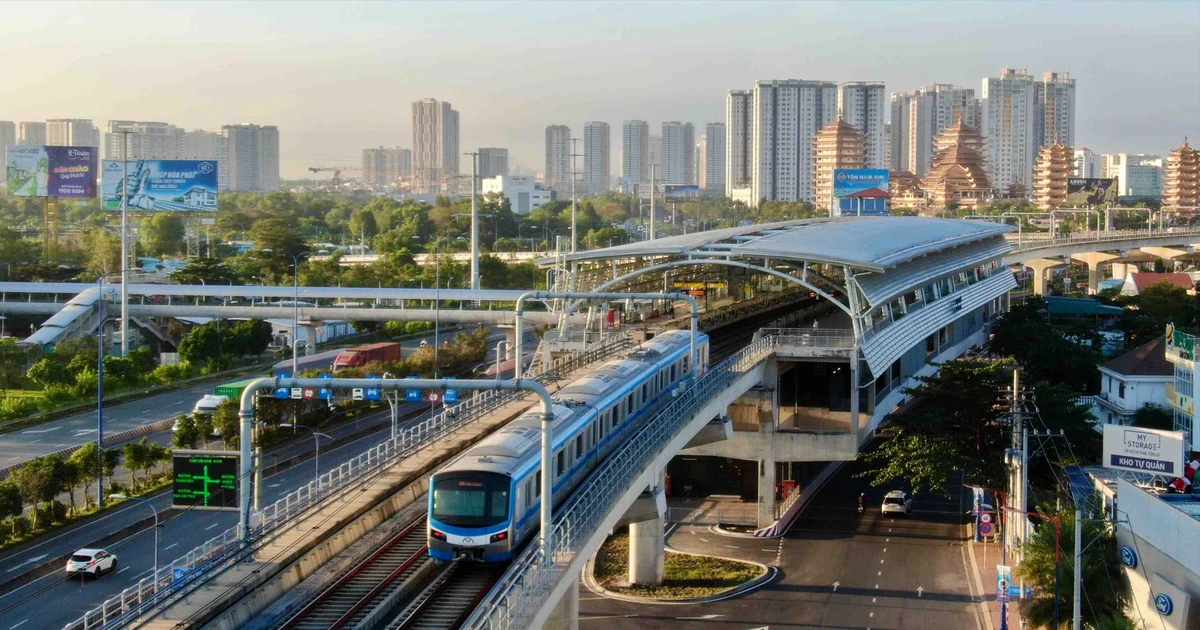


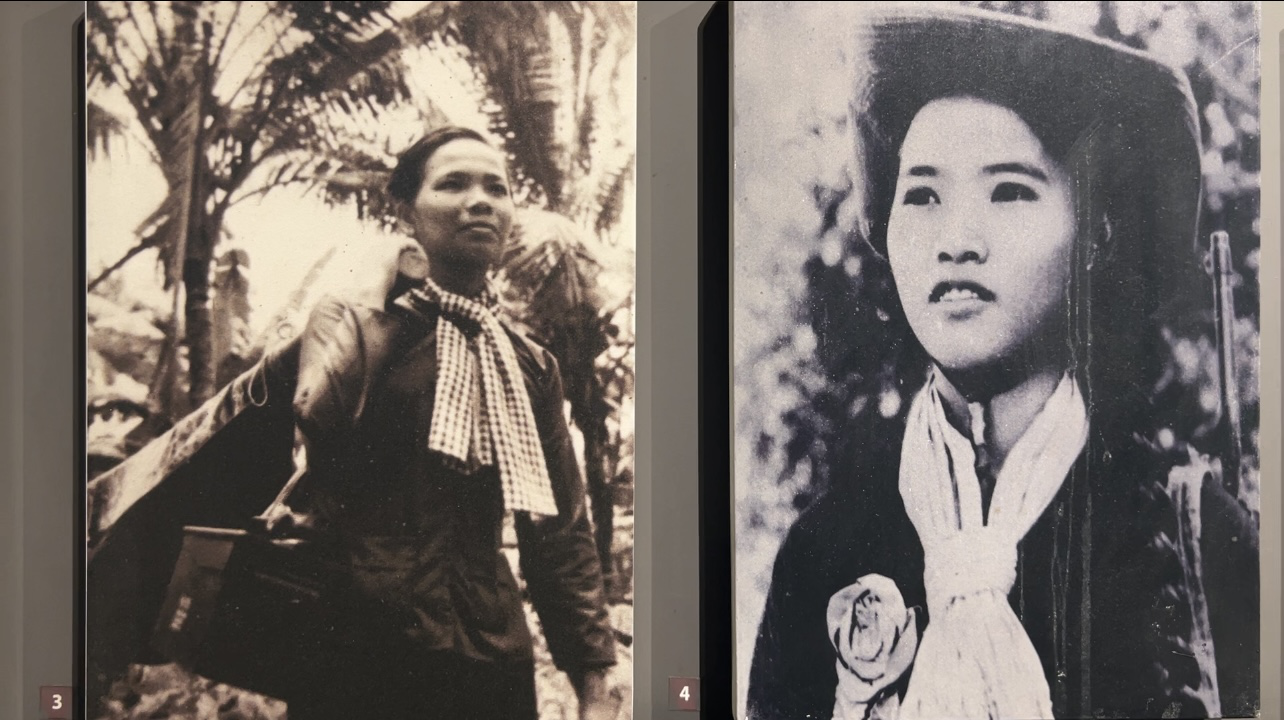
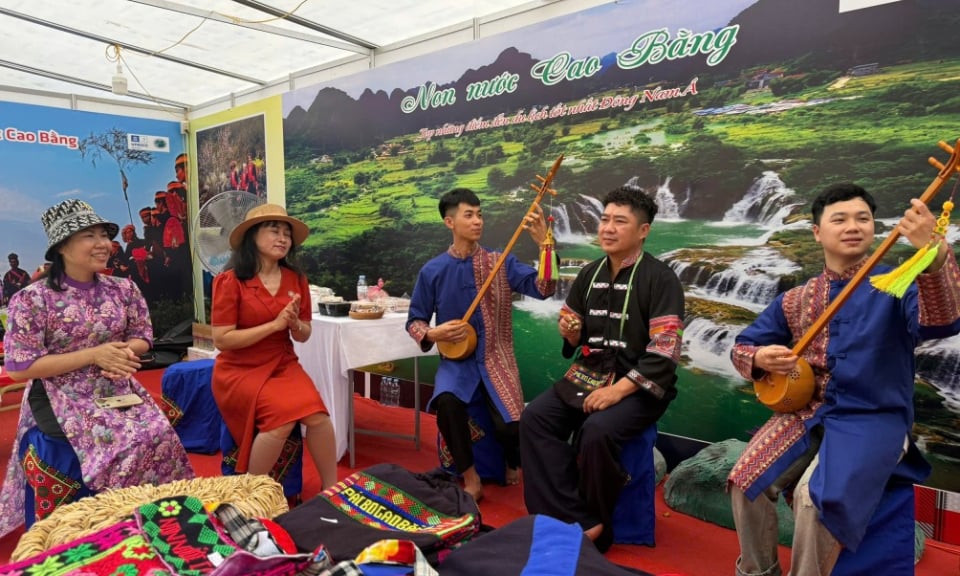
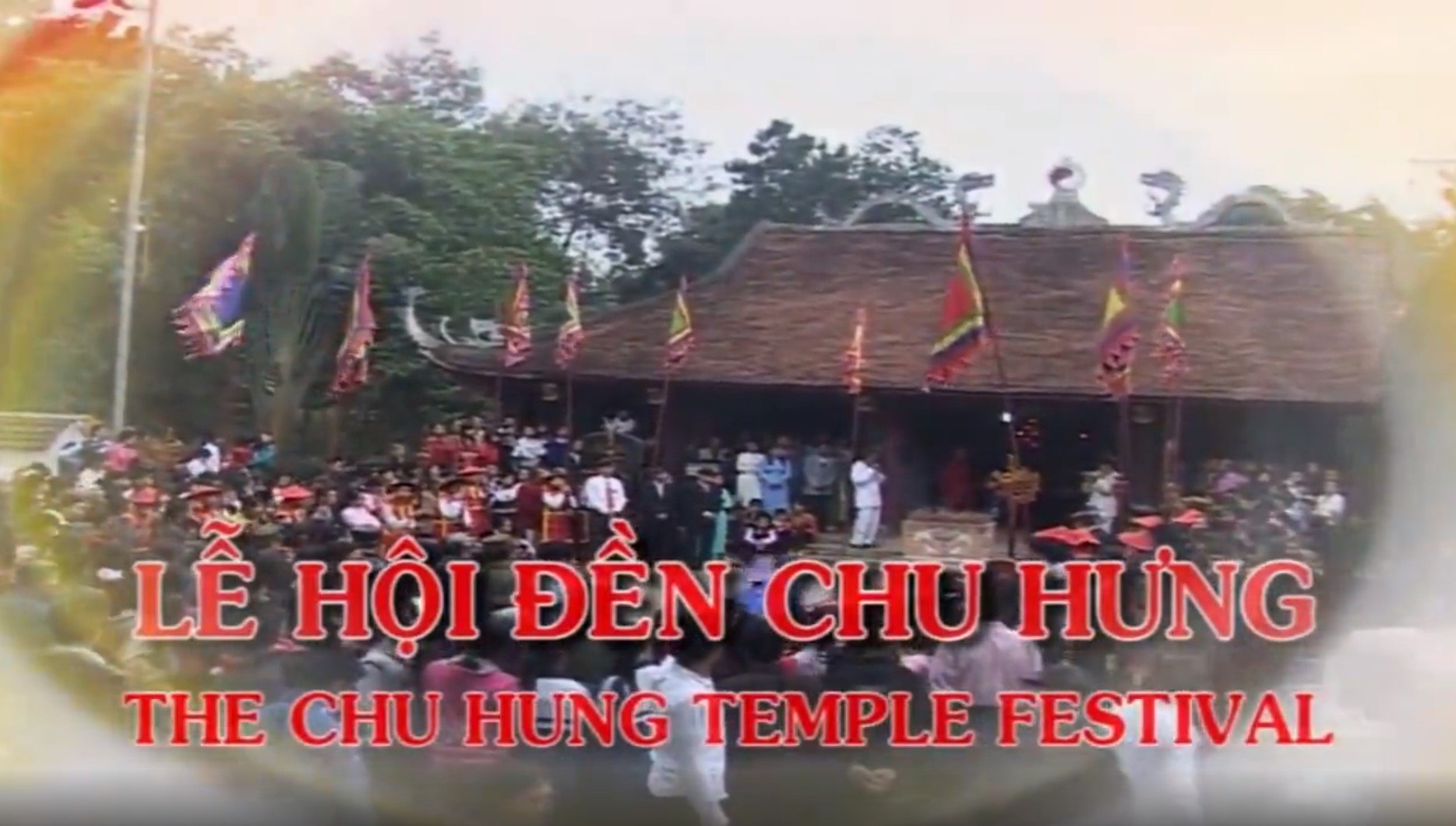
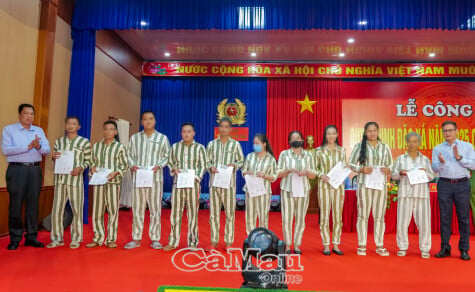
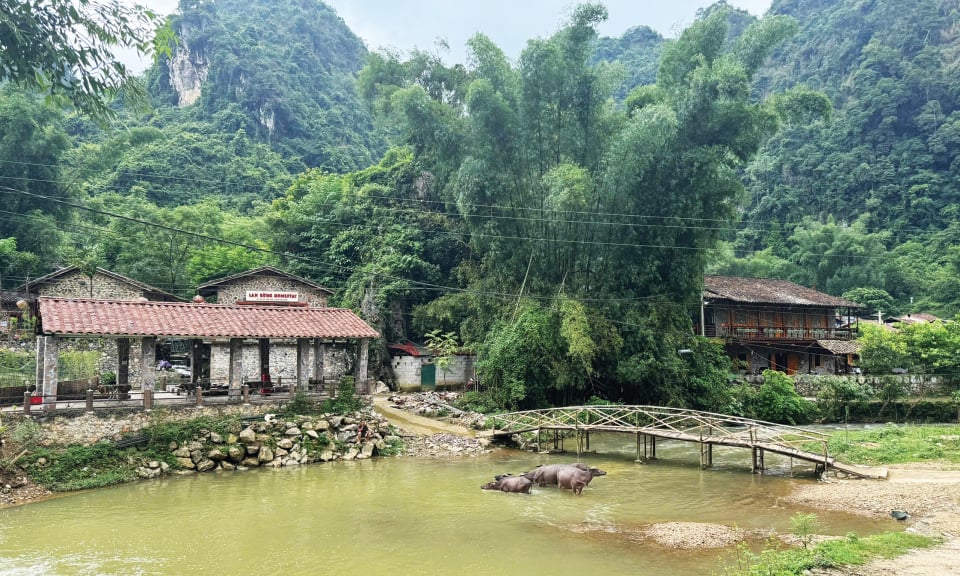
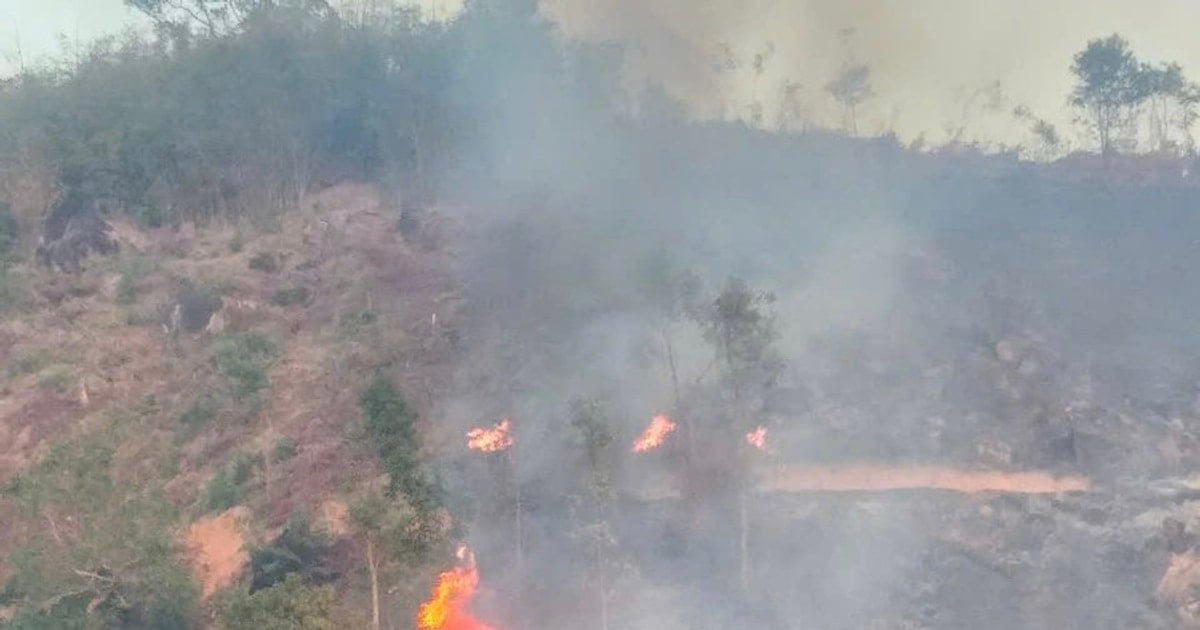
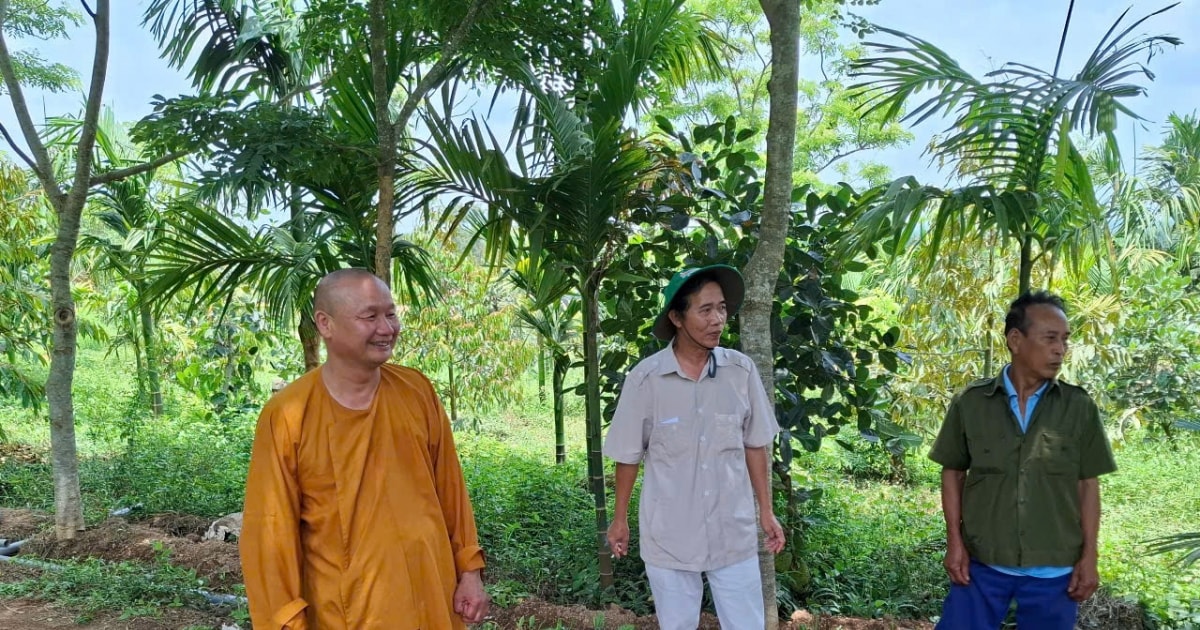
![[Photo] Binh Thuan organizes many special festivals on the occasion of April 30 and May 1](https://vstatic.vietnam.vn/vietnam/resource/IMAGE/2025/5/1/5180af1d979642468ef6a3a9755d8d51)
![[Photo] "Lovely" moments on the 30/4 holiday](https://vstatic.vietnam.vn/vietnam/resource/IMAGE/2025/5/1/26d5d698f36b498287397db9e2f9d16c)
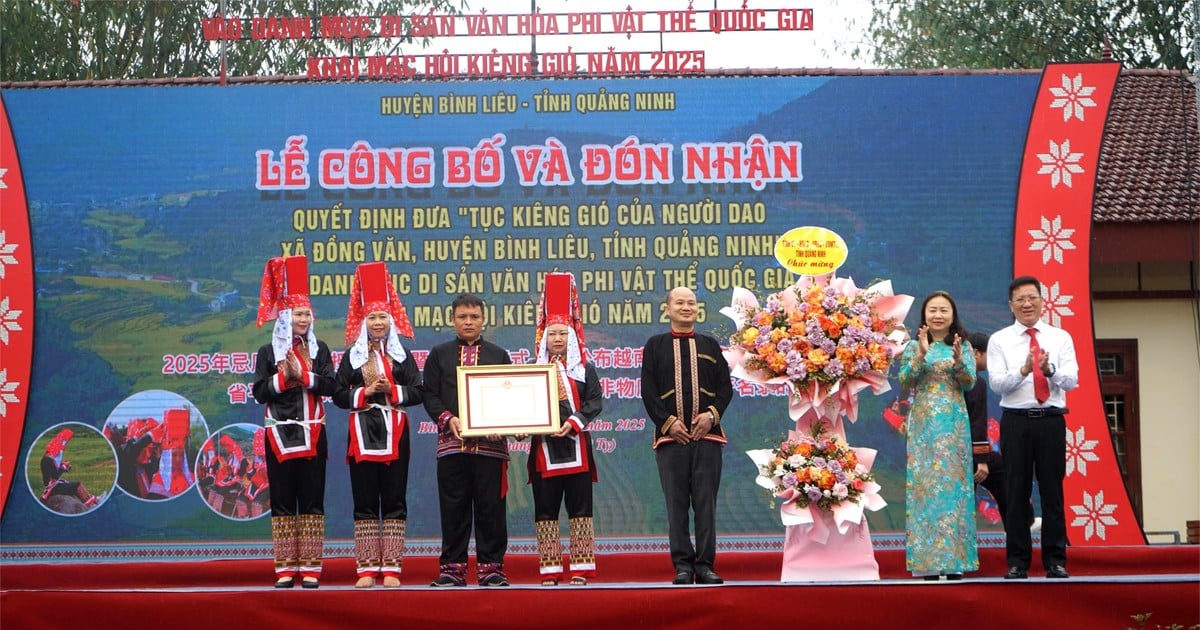
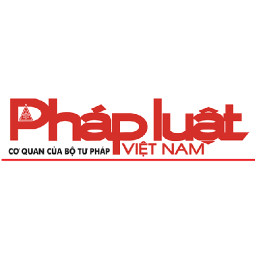
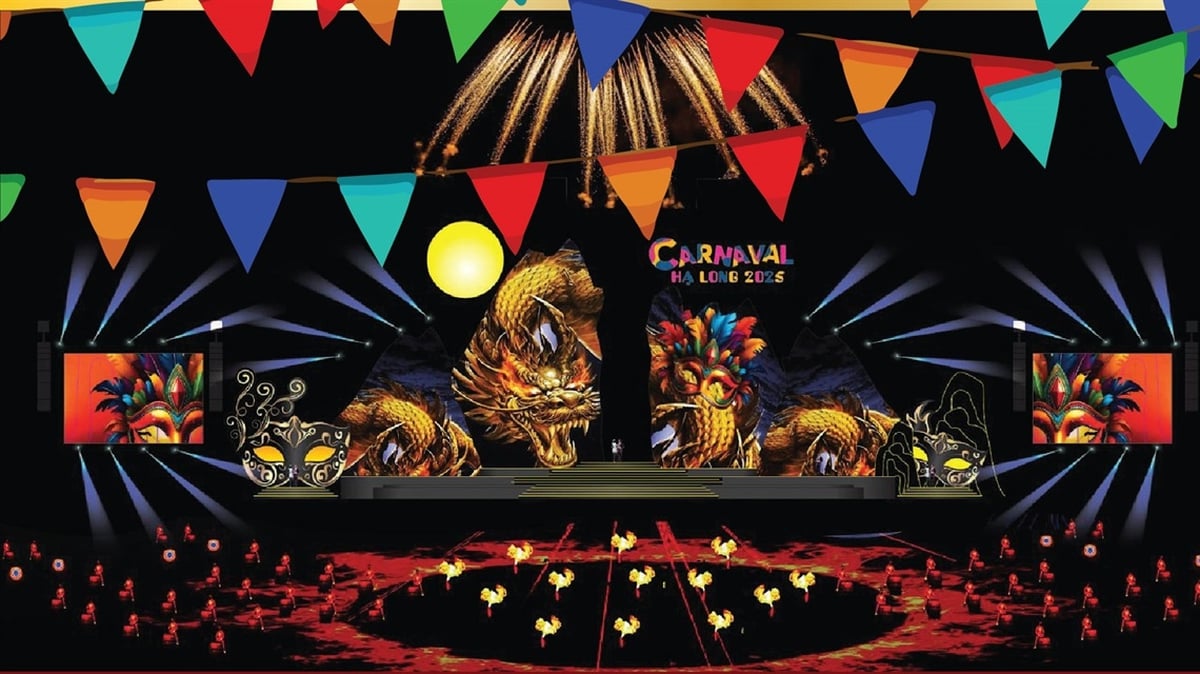

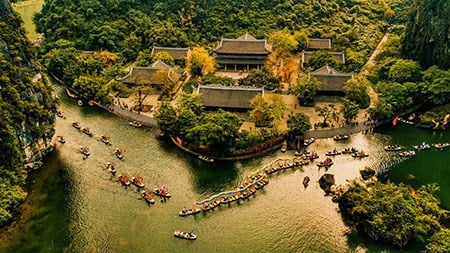

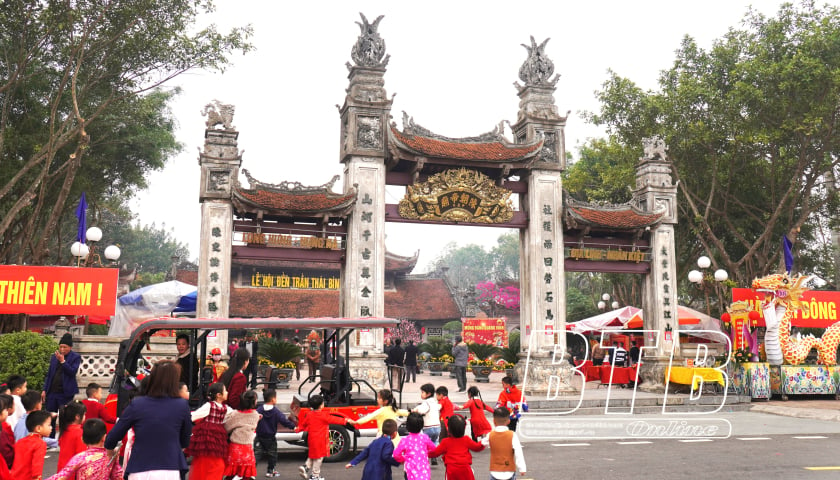

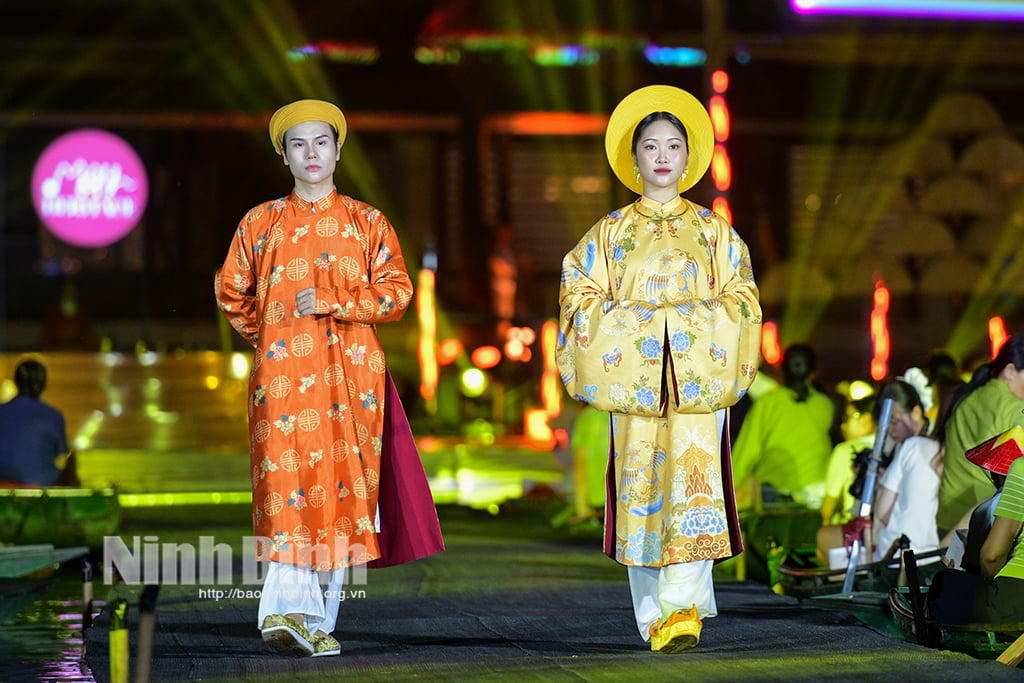
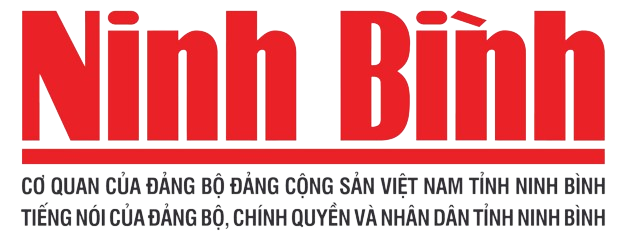


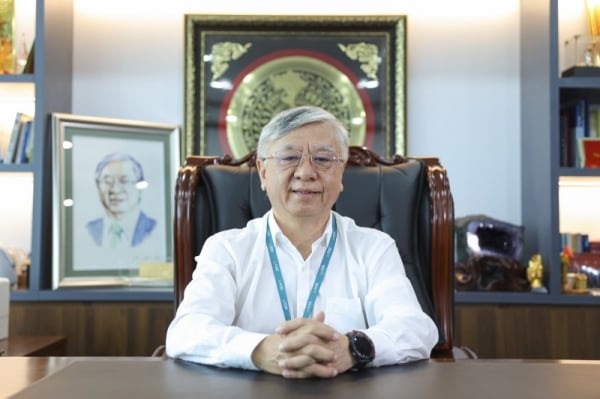

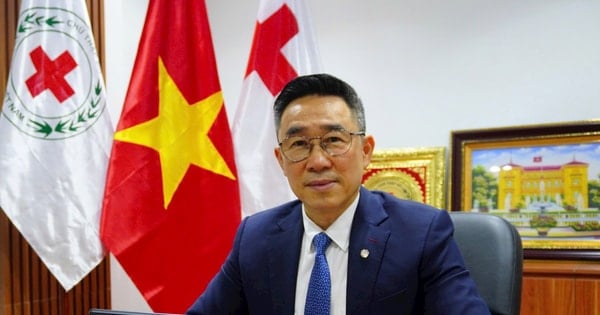
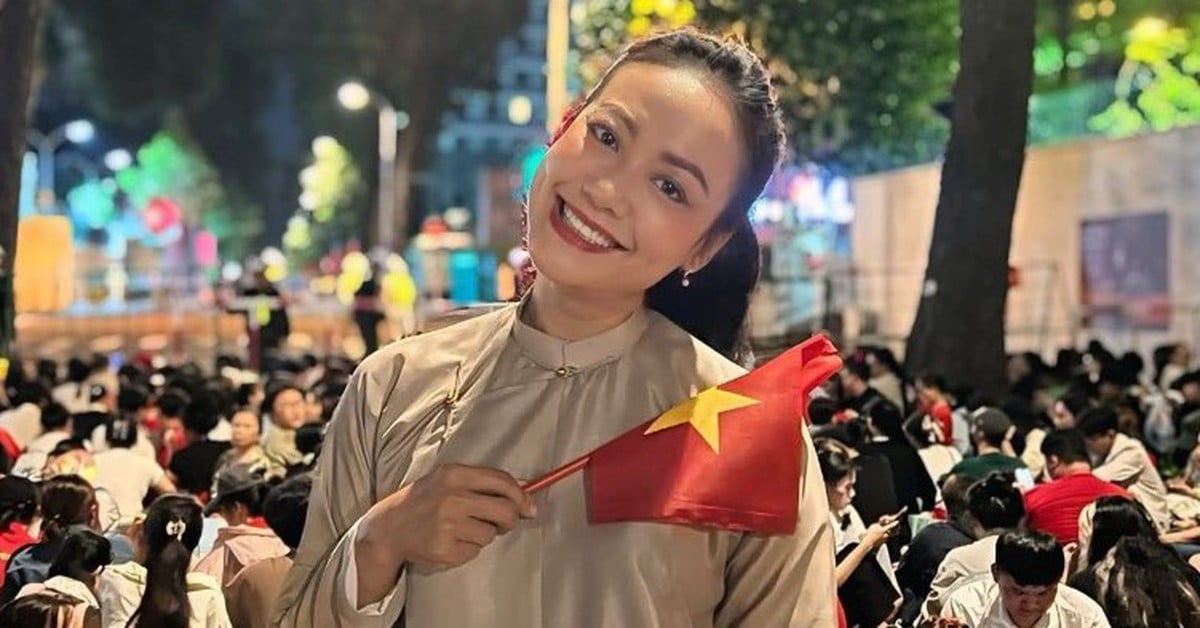



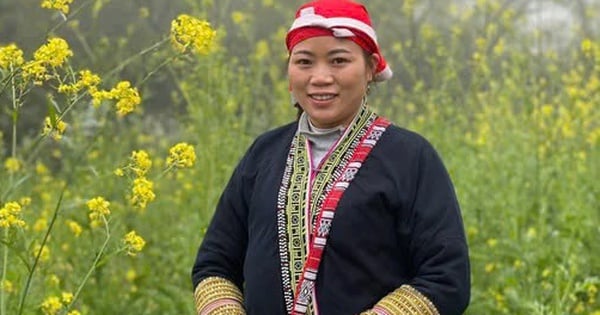

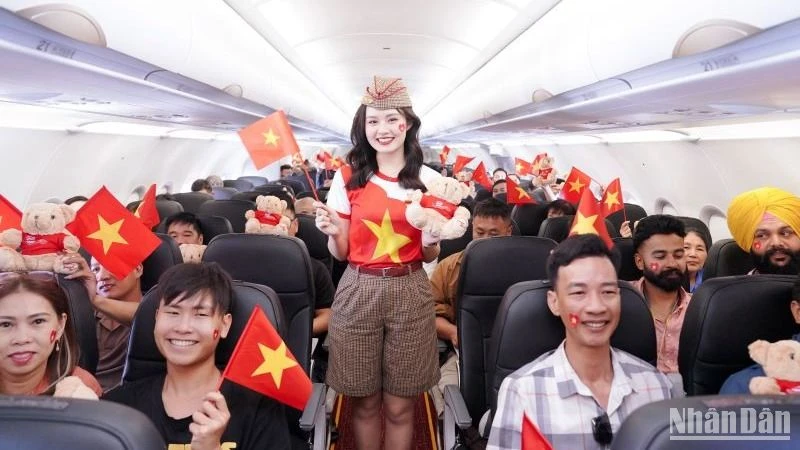

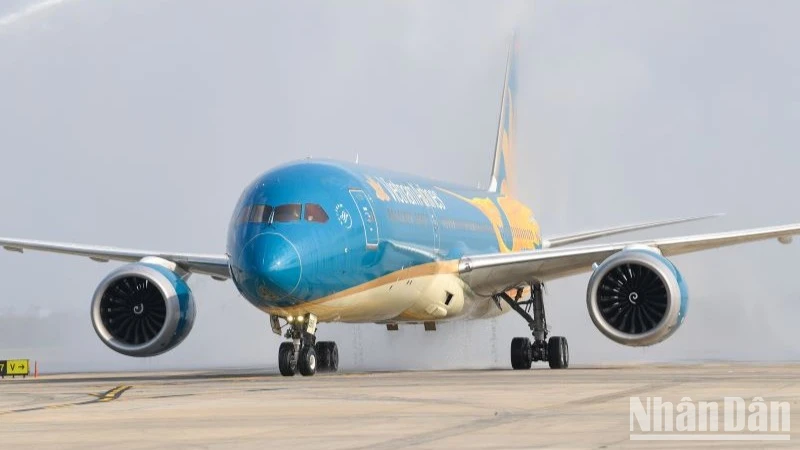






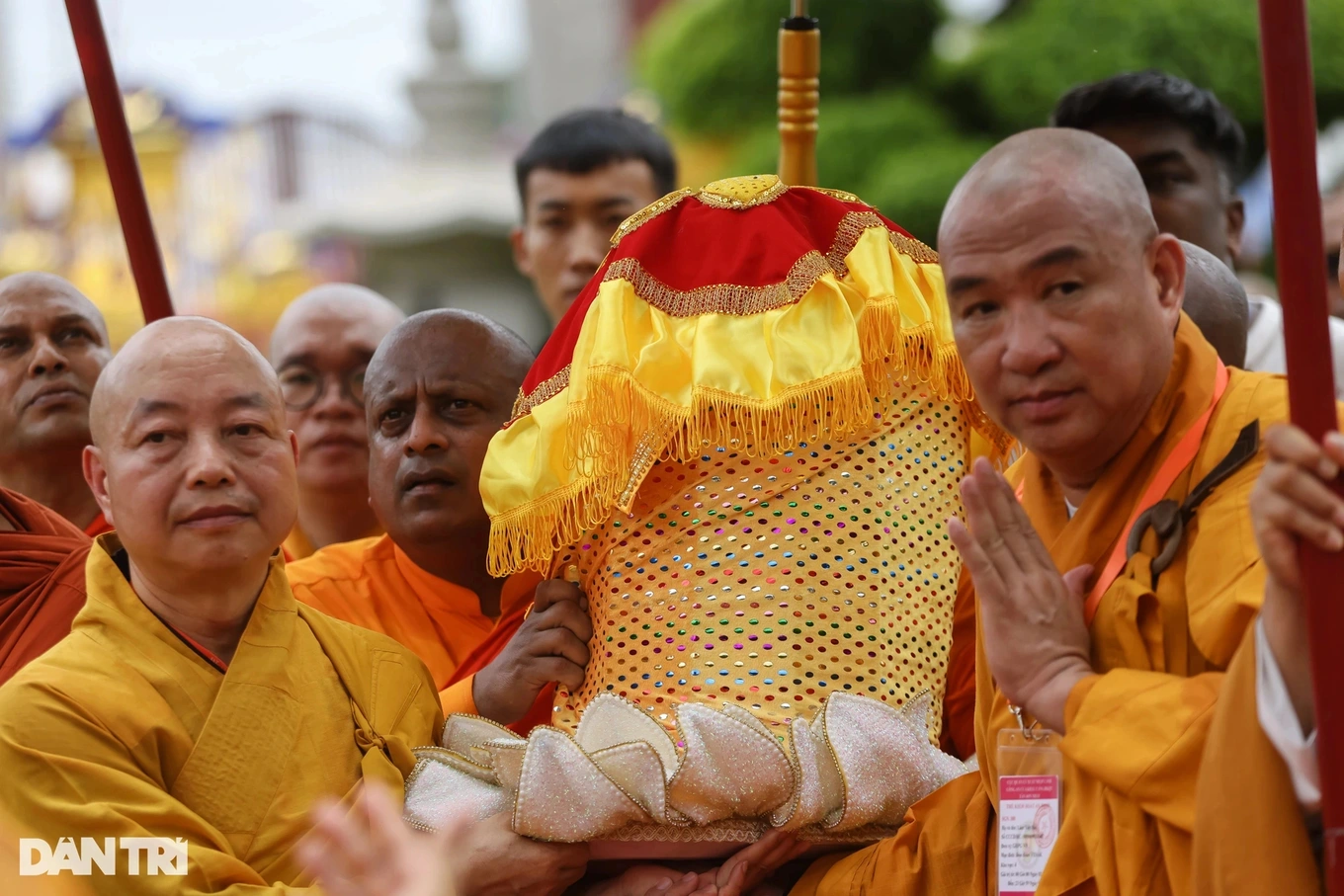

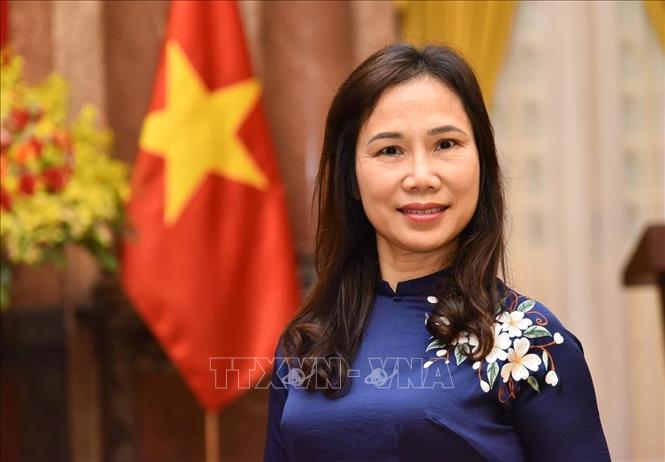

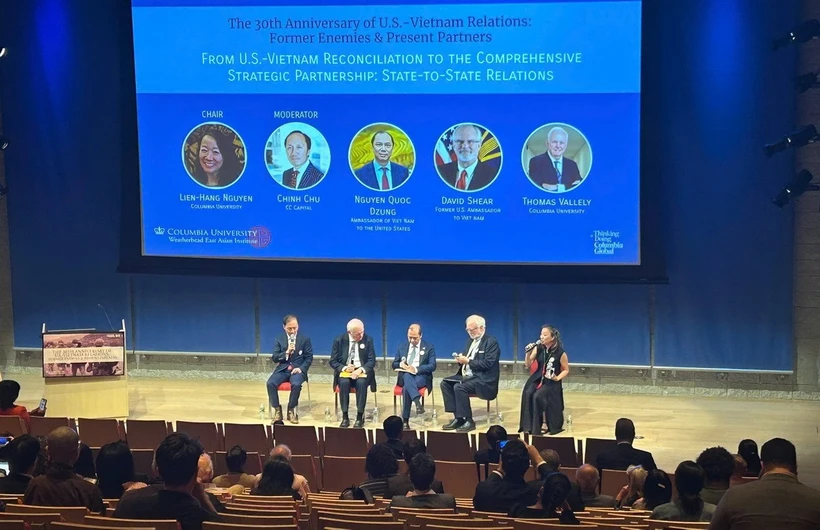
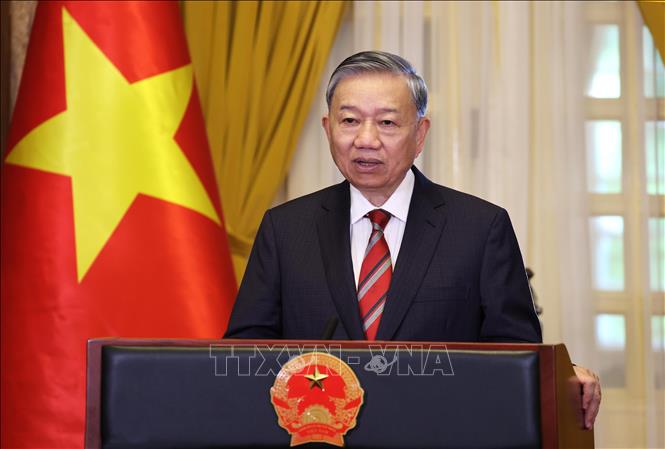
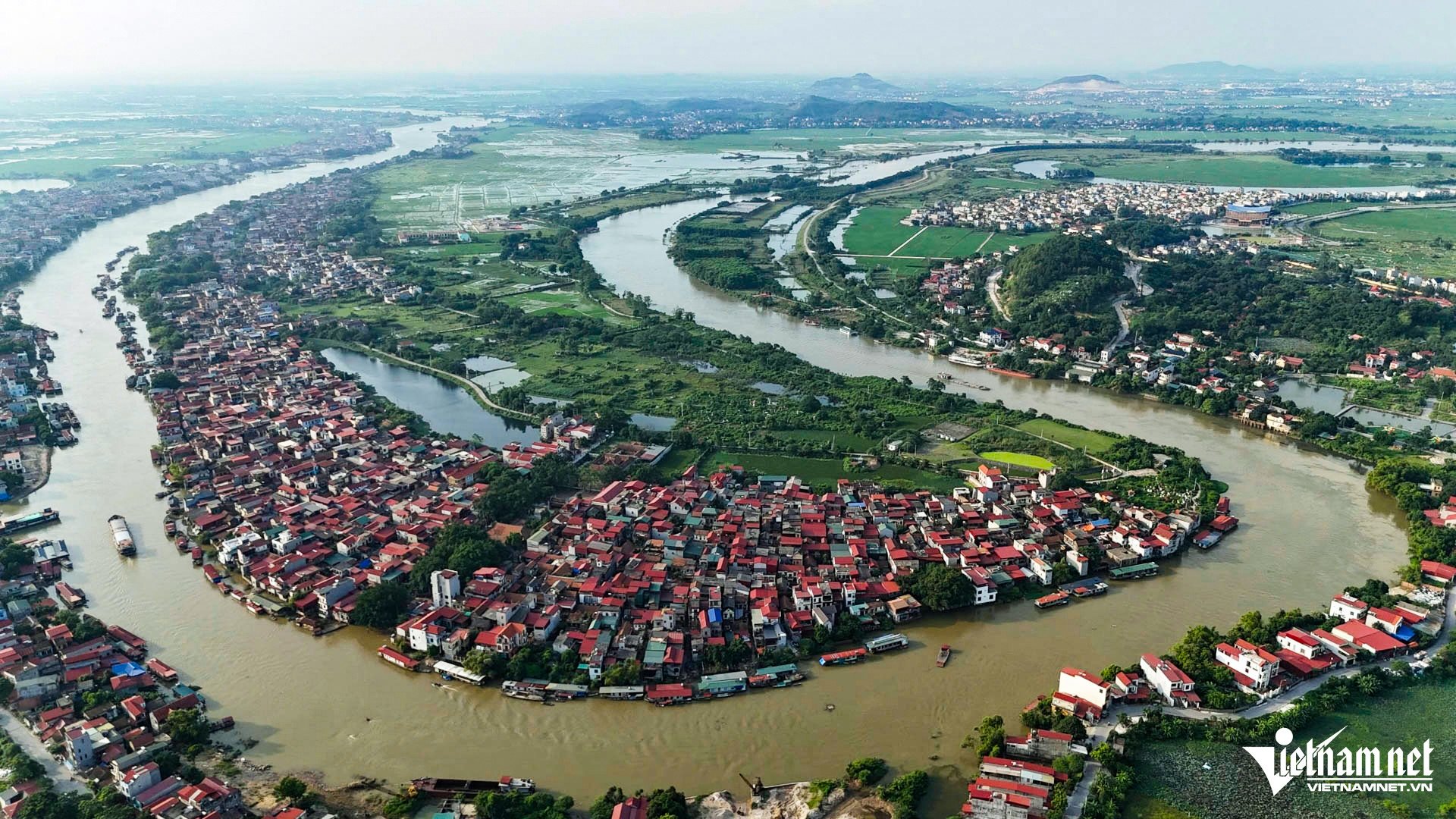
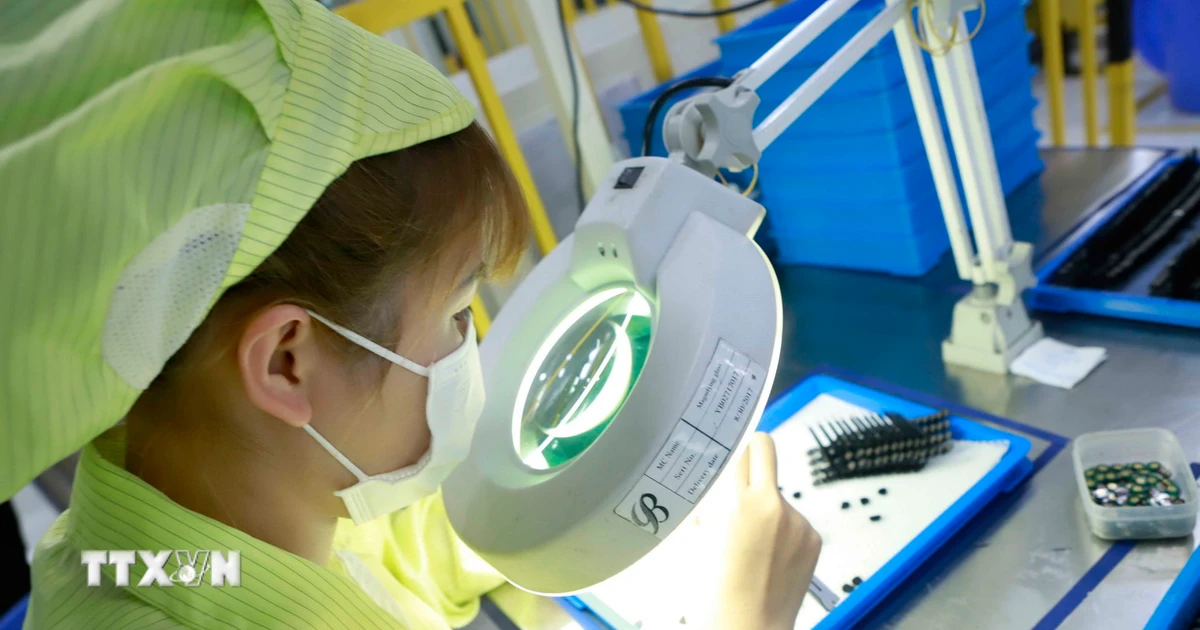






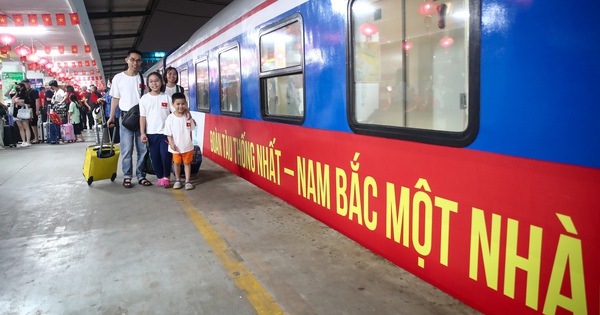


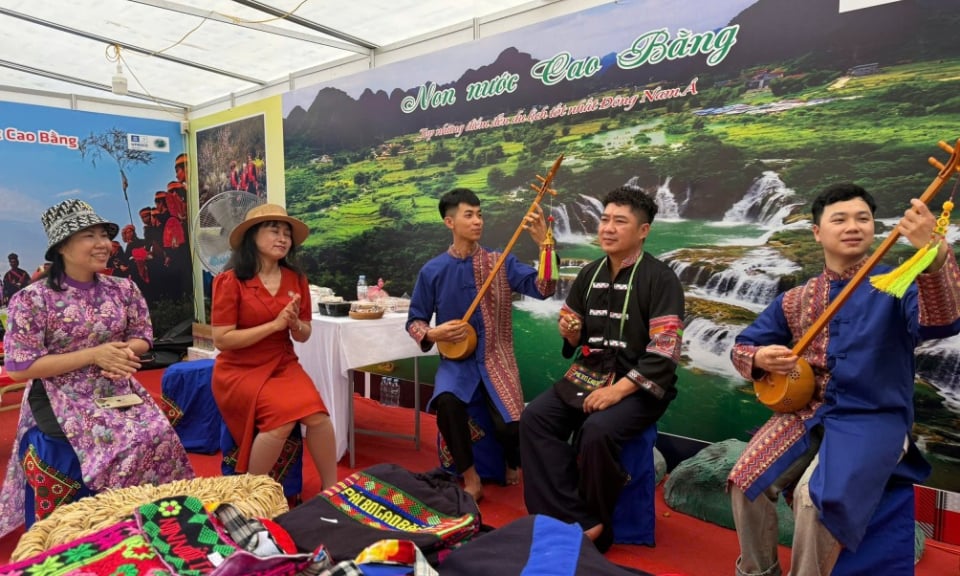

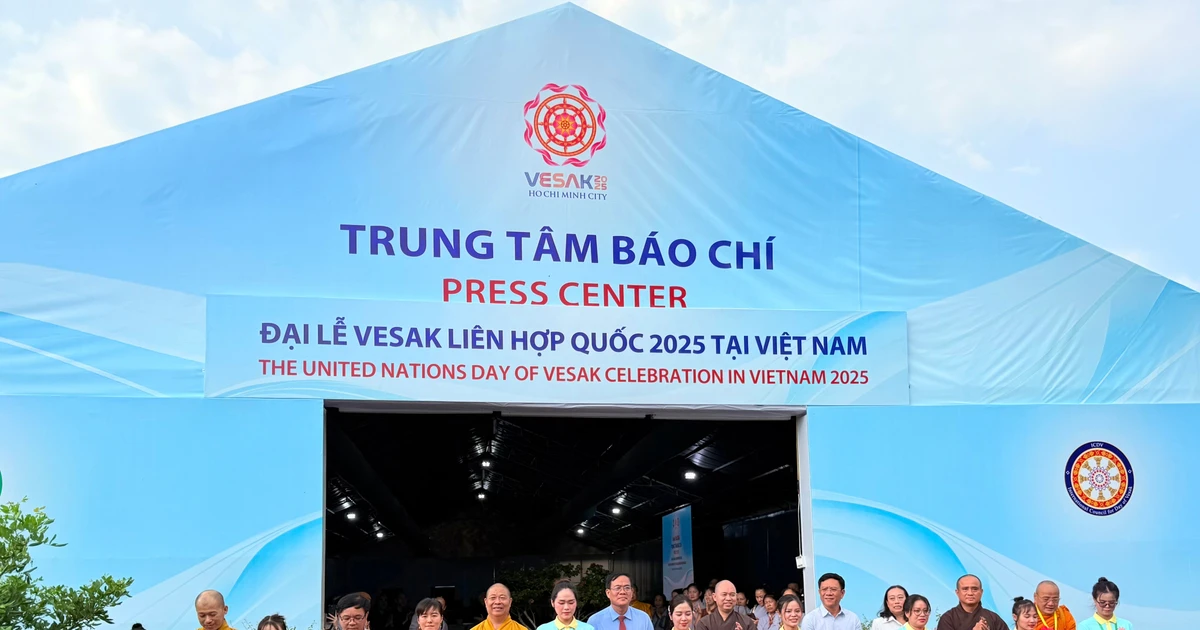

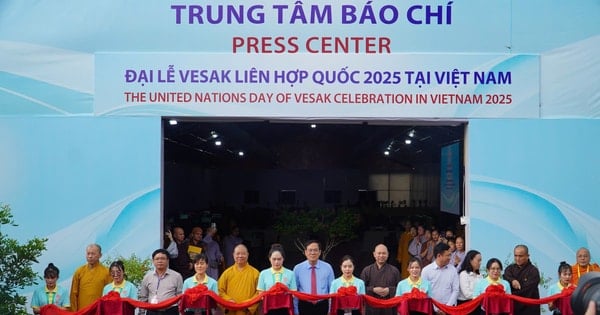




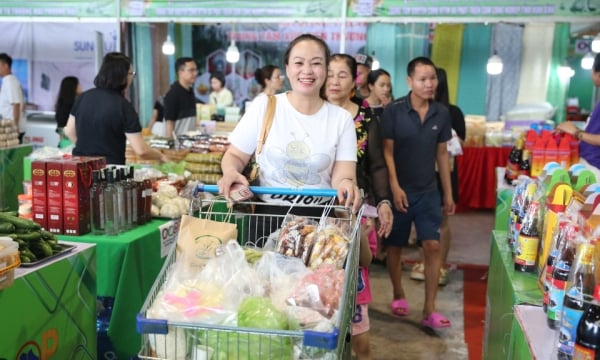

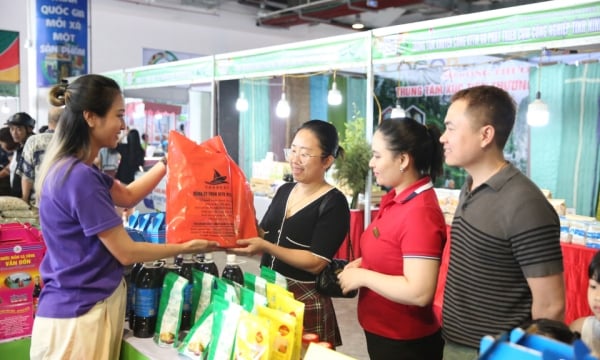



Comment (0)